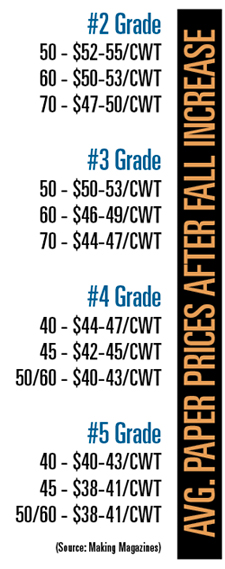 |
| Copyright Violations |
The Supreme Court's recent Kirtsaeng v. John Wiley & Sons ruling affecting first-sale doctrine and its legal ramifications Re intellectual property (IP) lends itself tangent to a previous topic A Legal Used Ebook Market? Who Would This Screw the Most?
The ruling essentially says its ok for someone to legally purchase books cheaper overseas, then import and resell them in this country without the copyright holder's permission.
But, as we will discover, other legal strategies exist to compensate for copyright's weaknesses.
Hopefully this will add more intelligencia to the 'A Legal Used Ebook Market? Who would This Screw the Most? post.
From Lisa Shuchman writing for Law.com:
Next Moves for IP Law after SCOTUS First-Sale Ruling
The U.S. Supreme Court's Kirtsaeng v. John Wiley & Sons ruling that a legally obtained copyrighted work can be imported into the U.S. and resold without permission from the copyright owner, even if it was manufactured and sold overseas, will have broad legal ramifications going forward, intellectual property attorneys say.
Industries that rely on copyright protection, such as book publishers, film and television companies, and software publishers, will begin operating differently. Lawyers will start testing alternative legal strategies that could give their clients the protections they thought they had under copyright law. Congress may try to pass new legislation to grant those protections. Meanwhile, other forms of intellectual property protection could be affected by the Court's ruling, as could U.S. international trade negotiations.
The 6-3 decision was prompted by a case involving Supap Kirtsaeng, a Thai student who imported lower-priced textbooks from Thailand and resold them in the U.S. to help pay for his studies at Cornell University and the University of Southern California. Textbook publisher John Wiley & Sons sued, saying Kirtsaeng's unauthorized importation and sale of its books amounted to copyright infringement, and that the "first-sale" doctrine — under which people who buy something may resell it without permission — does not apply because the books were produced overseas for sale overseas.
Industries that rely on copyright protection, such as book publishers, film and television companies, and software publishers, will begin operating differently. Lawyers will start testing alternative legal strategies that could give their clients the protections they thought they had under copyright law. Congress may try to pass new legislation to grant those protections. Meanwhile, other forms of intellectual property protection could be affected by the Court's ruling, as could U.S. international trade negotiations.
"This decision will have a large impact on law and business," said Shari Mulrooney Wollman, co-chair of the intellectual property practice at Manatt, Phelps & Phillips.
The 6-3 decision was prompted by a case involving Supap Kirtsaeng, a Thai student who imported lower-priced textbooks from Thailand and resold them in the U.S. to help pay for his studies at Cornell University and the University of Southern California. Textbook publisher John Wiley & Sons sued, saying Kirtsaeng's unauthorized importation and sale of its books amounted to copyright infringement, and that the "first-sale" doctrine — under which people who buy something may resell it without permission — does not apply because the books were produced overseas for sale overseas.
"This was the publishing industry's understanding of the law for at least three decades," said Anderson Duff, an attorney with Wolf Greenfield. "Everyone is pretty stunned."





